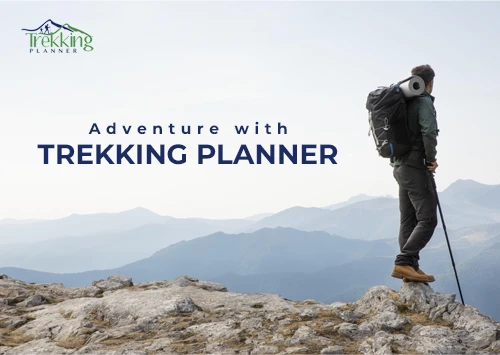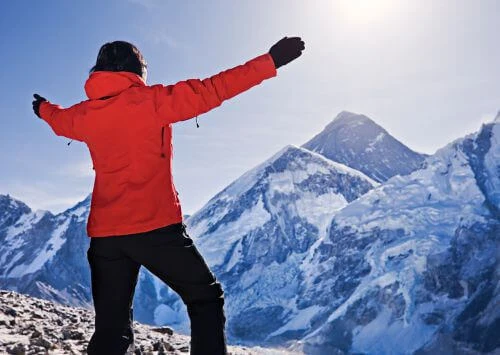5 Tips to Improve Your Everest Base Camp Trekking Experience.
Everest Region doesn’t need any introduction. Home to the world’s tallest peak, it is one of the most versatile and gratifying trekking regions in the Himalayas. With pristine and ethereal peaks like Mt. Everest, Mt. Kanchenjunga, Mt. Makalu, and Mt. Manaslu to boast of, Everest Region sees the highest tally of footprints in comparison to Nepal’s other mountain regions. Trekking to Everest's base camp and being greeted by the 360-degree views of colossal silver peaks will exceed all your expectations. Here, we have listed 5 tips to improve your Everest Base Camp Trekking experience to make the most of this once-in-a-lifetime journey.
Go with an Established Trekking Company.
With mountaineering and trekking culture gaining momentum by the passing day, it is natural that trekking agencies are mushrooming in every nook and corner. However, planning your trek through a trekking agency with years of experience and expertise is critical. You want to be in safe hands throughout your journey, be it managing your flight tickets and permits or trekking with professional guides and porters.
Get your Trekking Gears in Kathmandu.
Given the budding trekking business, there are more trekking gear shops than you can count. The cut-throat competition also means you can buy the gear at the best prices. You can get everything from polarizing sunglasses to sleeping bags and quality down jackets in Kathmandu at a relatively cheaper price. Also, invest in a sturdy, waterproof, and comfortable pair of shoes. Don’t forget to break in (soften) the boots before you begin your trek journey.
Explore our blog "Packing List for Trekking in Nepal" to learn about the essential gear required while trekking.
Hydration is the Key.
One of the most important thing to keep in mind is hydration, hands down. At higher elevation, your body will dehydrate a lot quicker level that it does at sea level, thus, you must make sure that you drink a lot of water to compensate. The recommended quantity is 5 liter a day. Also, it is wise to keep a full bottle as a spare and your own iodine or chlorine tablets for purification. Just fill in the bottle as you go at the village taps and purity it yourself on the go.
Shower some self-care.
With freezing temperatures and thinning oxygen levels, you should not take your well-being for granted for a second. It's wise to dress in layers as it allows for the body’s temperature and comfort levels to be easily regulated. Slather sunscreen a few times a day, and wear polarizing glasses and a hat as you are more prone to sunburns at heights. Also, don’t forget that blisters can end a trek just as severely as altitude sickness. Treat any discomfort as soon as you feel it with duct tape or moleskin, not after it becomes a blister.
Save extra days for the end.
While it is tempting to give your travel journey a head start with a tour of the open cultural museum, aka Kathmandu Valley, or relaxing by the Phewa Lake in the Lake City of Pokhara, it is always wise to plan them at the end of your trekking journey. Inclement weather can delay flights coming in and going out to Kathmandu from Lukla. If you are stuck in Lukla due to bad weather, having a tight international flight scheduled for the next day is not a good idea!
Explore Nepal Trekking Planner's Everest Base Camp Trekking Packages:
Everest Base Camp Trekking: 15 Days
Everest Luxury Lodge Trekking-14 Days
Ama Dablam with Everest Base Camp Trek-15 Days
Everest Base Camp Trek by Road: 17 Days\





